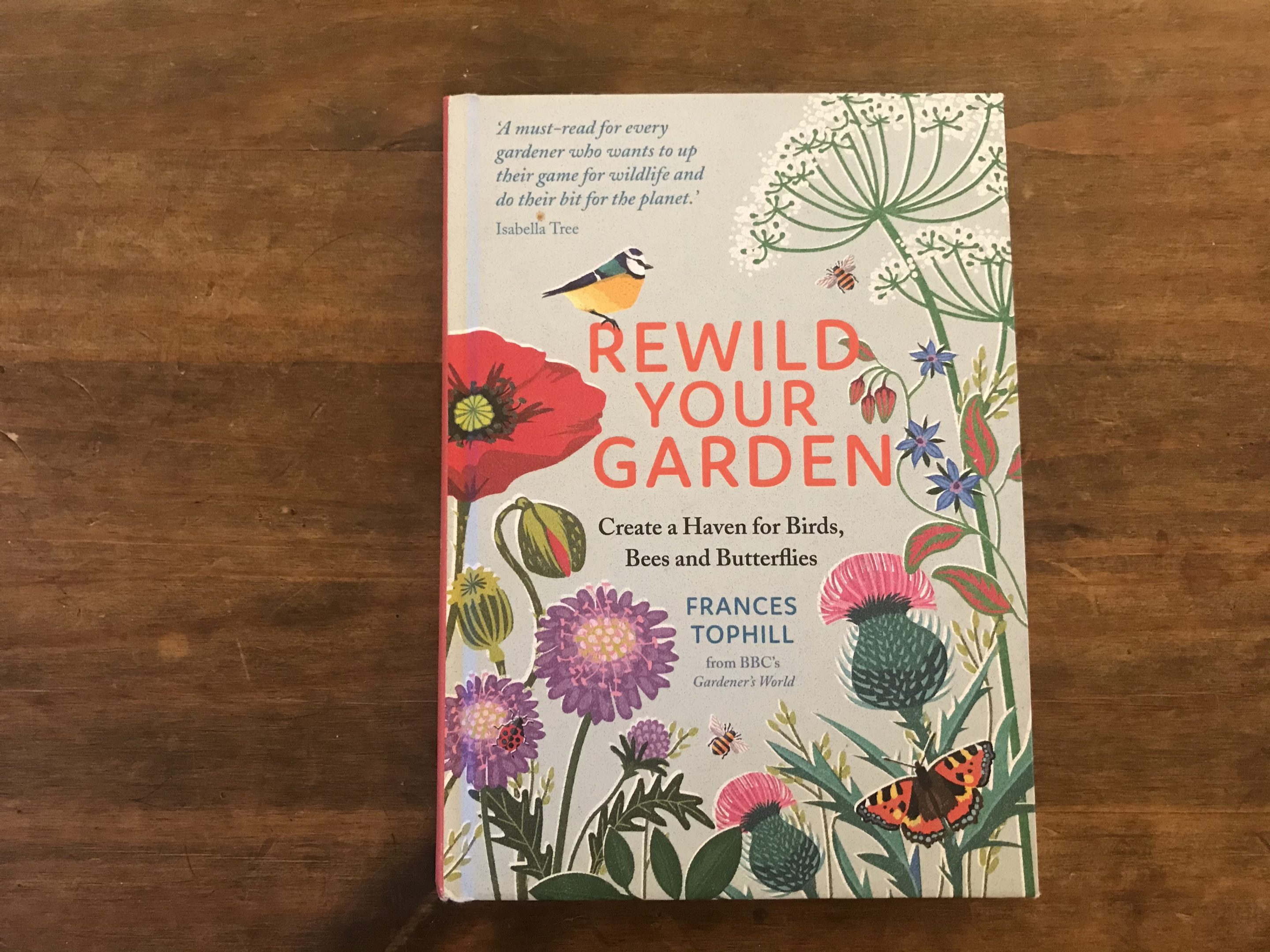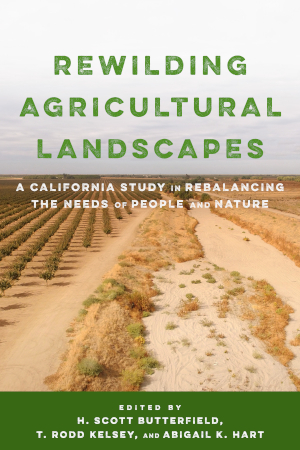


In contrast, healthy tree-grass-flower-fungi symbiosis provides habitat for worms, beetles, and micro-organisms that create healthy soils. However, fertilizers, pesticides, and mechanical plow blades diminish or destroy these natural soil mycorrhizae. Symbiotic mycorrhizal relationships support over 90% of all terrestrial plants on Earth. The wild mess Autumn at Knepp estate © Charlie Burrell When Isabella and Charlie allowed land sections to go wild and restore soil mycorrhizae (fungi), for the benefit of oak trees, they began to learn lessons about ecology that could help humanity restore the health of the entire Earth. He explained that their trees, on heavily worked land and depleted soils, had become stranded from their natural ecosystem allies. What they learned from Green changed their perspective about the stewardship of land. In the late 1990s, they invited arborist Ted Green, custodian of the ancient oaks in UK’s Windsor Great Park, to examine a 500-year-old oak tree on their farm. Isabella and Charlie had struggled for 17 years to make their conventional arable and dairy business profitable, but the heavy clay soils made it difficult. Isabella Tree at the gate of Knepp wildland © Charlie Burrell The book recounts the natural restoration of diverse habitats, including novel habitats, that, in turn, provide conditions for a revival of biodiversity. The book is the story of how Isabella and her husband, Charlie Burrell, let their 1,400 hectare farm at Knepp Castle Estate in West Sussex return to the wild. She gave me a book, “Wilding: The Return of Nature to a British Farm,” published last year by her mother, the author and farmer, Isabella Tree.

Nancy grew up watching an ecological miracle unfold, by giving nature a chance. So I was thrilled to meet Nancy Burrell this fall during the Extinction Rebellion protests in London. What I rarely hear in popular environmental news are proposals for humanity to back off, to return regions to nature, to give up “managing” nature and allow evolution to work as it has for eons. Our population continues to expand, Earth’s forests and biodiversity decline, aquifers drain, and soils erode, leaving scientists to routinely warn of a catastrophic threat if we do not drastically change our fundamental social systems. Governments and corporations cling to the belief that the world economy can grow forever, even as resources are depleted and carbon emissions keep increasing.

Like many ecologists, every week I read announcements about a new “game changing” technology that promises to turn our ecological crisis around.


 0 kommentar(er)
0 kommentar(er)
